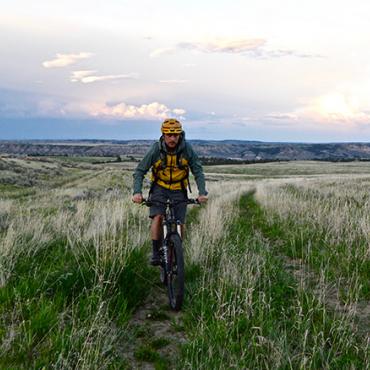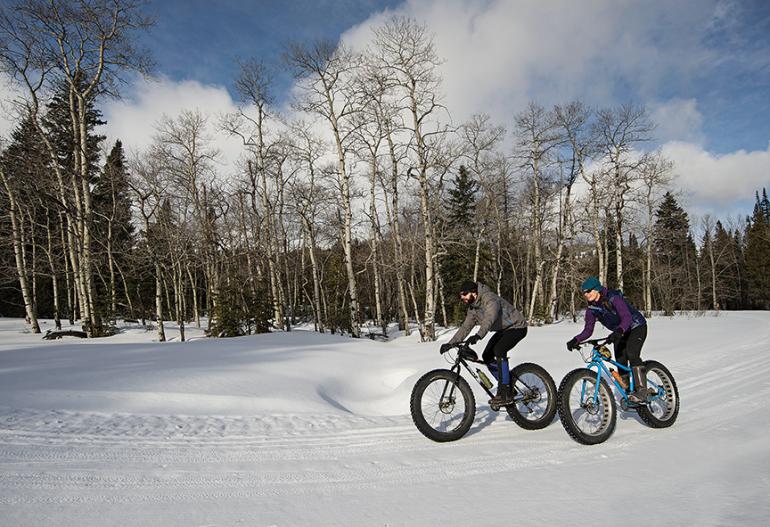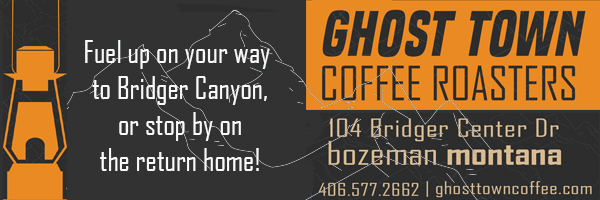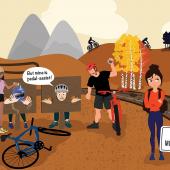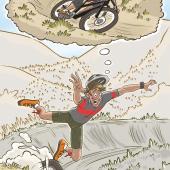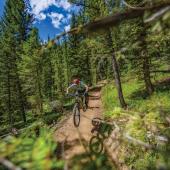O/B Hit List: Fatbiking
Roll a fattie this winter.
Maybe it’s the late start to winter, or maybe it’s just that we can’t ski every day of the week. Whatever the reason, one thing is clear: we’re craving a two-tire outing. And as it happens, fatbiking is on our Winter Hit List.
What's more, it's easier than ever to get out on a fatbike. If you don’t own one, most shops in town will rent you a metal steed, and trail options abound. From Peets Hill to Fairy Lake, there's everything from lunch-hour hot laps to an all-day outing.
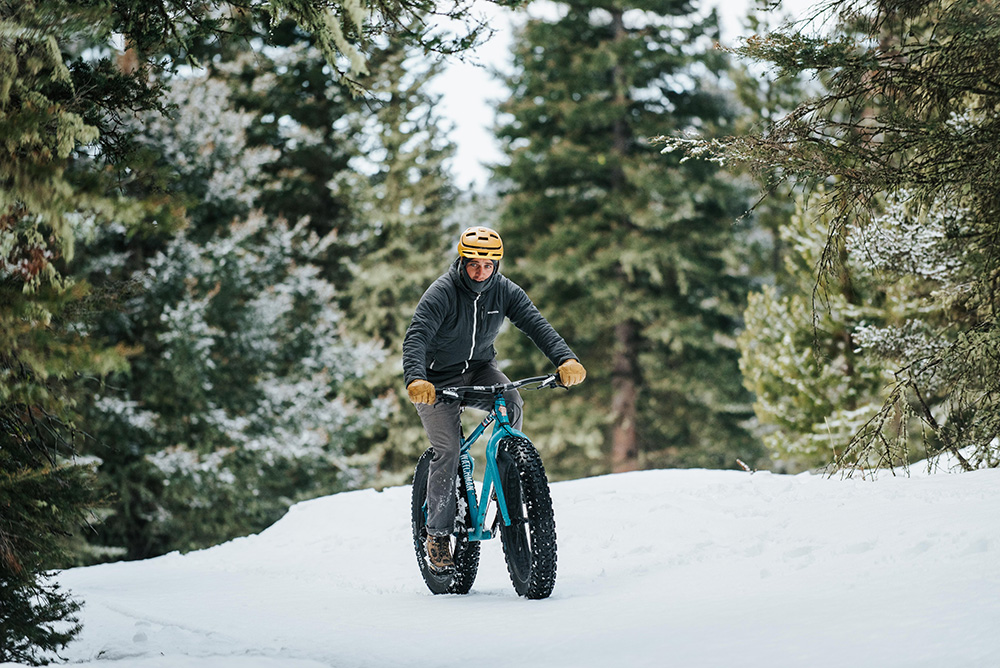
Who: Mountain bikers with a real problem, skiers in need of some cross-training, or Sourdough stompers who have finally realized that snowshoeing isn't really a thing. What is a thing, and rapidly becoming more of a thing, is fatbiking. This is the perfect time to introduce yourself to the sport.
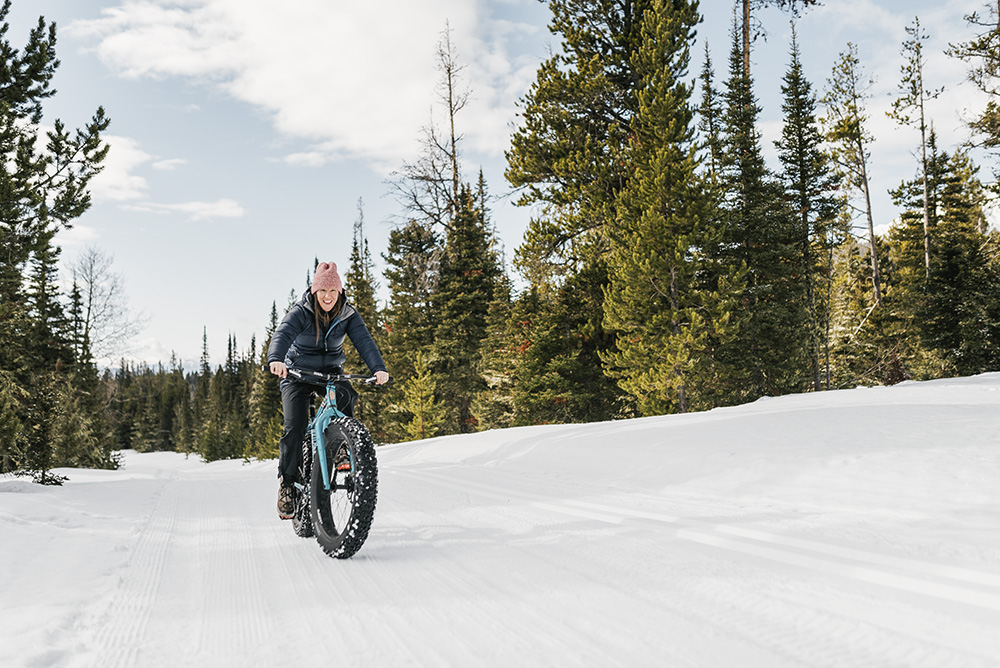
What: Biking, but with big, fat tires that disperse your bodyweight across soft surfaces like snow, making it possible to pedal without wallowing frustratedly while Nordic skiers snicker into their capilene. Town trails like the Gallagator and the East Gallatin Rec Area are perfect for familiarizing yourself with these somewhat-awkward bikes before taking them further afield.
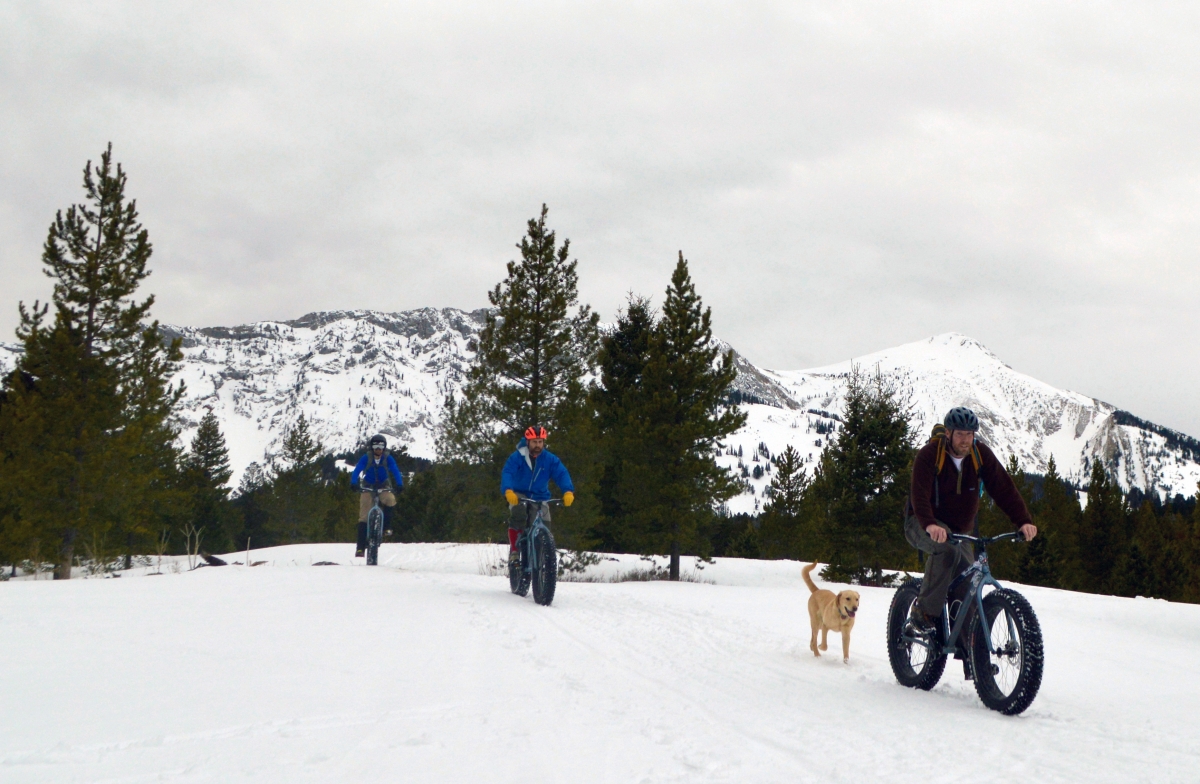
When: Any day that isn’t a powder day. A thin snowpack in town and throughout the foothills means most trails are good to go. In general, trails need to be groomed before biking on them is any fun (grooming is done by the Southwest Montana Mountain Bike Association, aka SWMMBA, and the Gallatin Valley Snowmobile Association). Avoid fresh snowfall or slushy conditions, and you should be fine. If things really turn south and we get mud, avoid causing ruts. Head for dirt roads or go fishing.
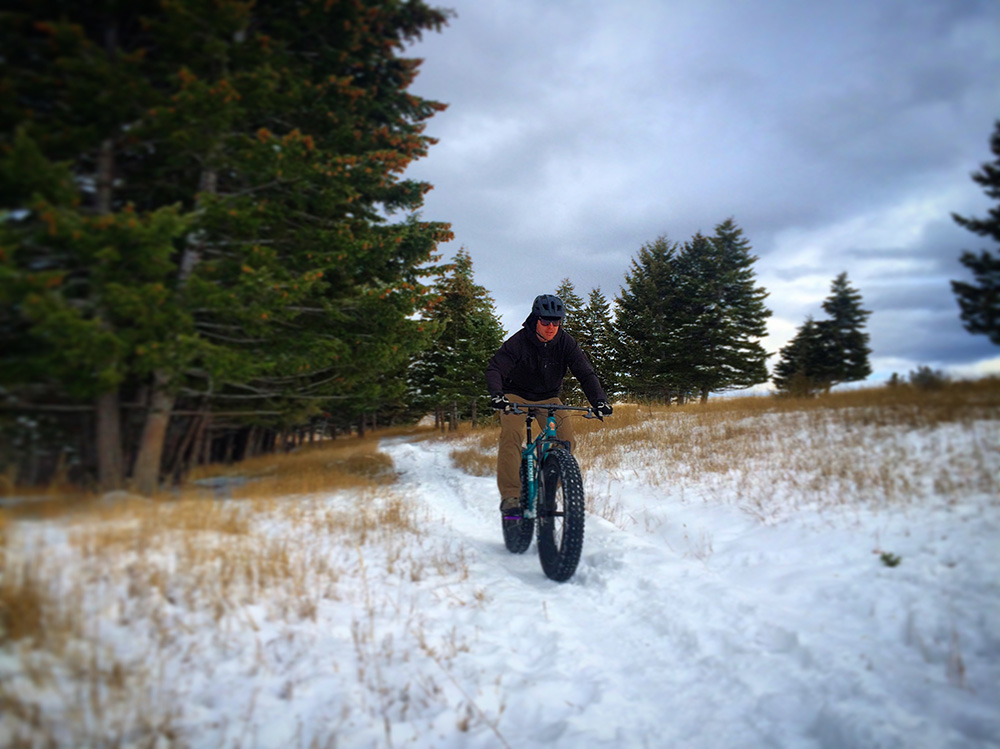
Where: This can get a little confusing. In town, trails maintained by the Gallatin Valley Land Trust are good to go, except trails groomed for cross-country skiing. That means no hospital trails, no Sourdough, and no Highland Glen. Basically, if there’s corduroy, go somewhere else. Like Peets Hill, for instance, or the East Gallatin Rec Area. Town doesn’t have any loops that make much sense, but a nice linear ride takes you from Cherry River to Tuckerman Park. Along the way, stop at the breweries, coffee shops, or bars of your choosing, using the Gallagator and Sourdough trails as thoroughfares, then head back the way you came.
Another great option is to head up Bridger Canyon and spend a few hours at Crosscut. They allow fatbikes on certain trails, and at designated times (Monday, Wednesday, and Saturday, after 3pm), you can even bring your dog. Their regular grooming schedule makes for some of the nicest riding around.
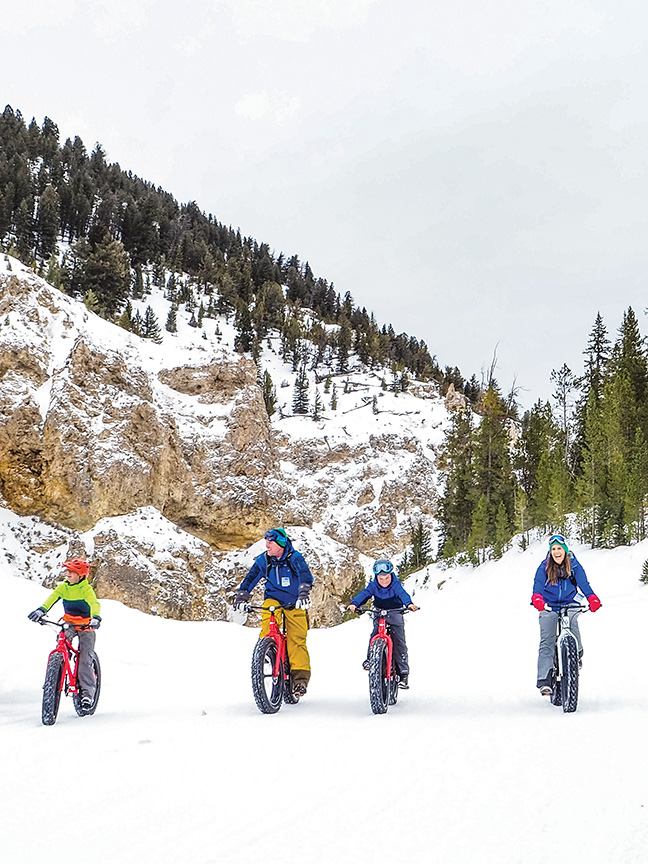
In the national forest, groomed snowmobile trails like Battle Ridge are open to bikes, if you get a pass from the Forest Service office. Proceeds from the pass support more grooming, so consider it an investment. When packed down by hikers and skiers, the Fairy Lake road can be great, too. In Hyalite, SWMMBA grooms the roads up Moser on a relatively consistent basis, but reach out to them ([email protected]) for updates on the latest conditions. You cannot bike on groomed cross-country trails, or on trails with seasonal closures. South Cottonwood is one such trail, so even though it’s tempting and packed down, stay off. Stone Creek is open year-round, and this might be a good year to give it a try.
If it seems like the “where” of winter biking is a bit confusing, that’s because it is. Always be sure you’re riding legally, and check with SWMMBA or the Forest Service if you have questions.
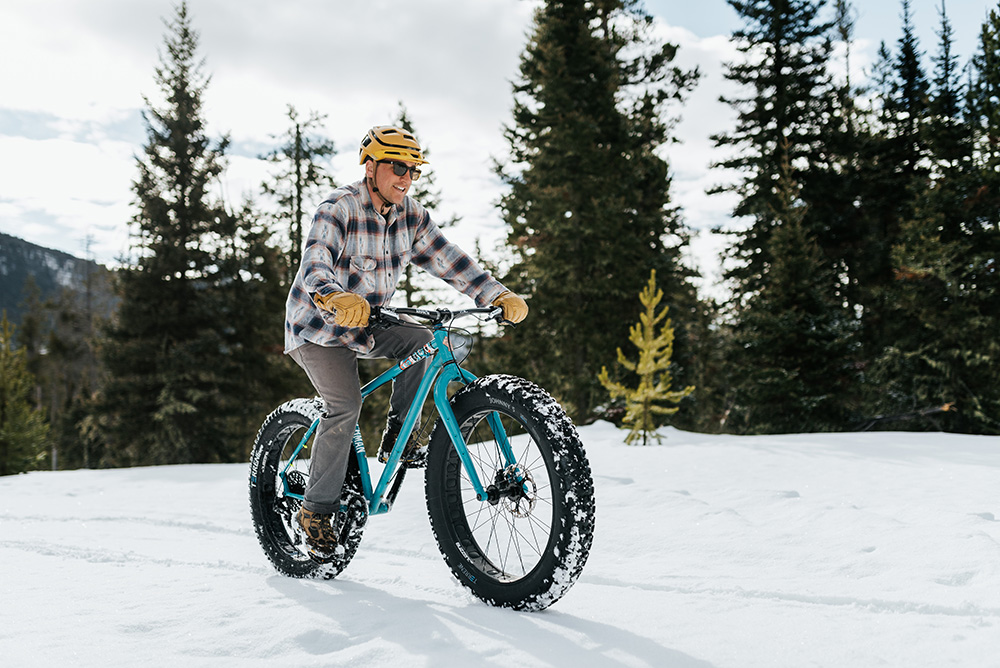
Why: Because winter can be monotonous. Same weather, same activities, same locations. This winter, switch it up from two skis to two wheels and try fatbiking. You'll be glad you did.
David Tucker is the outreach manager for the Southwest Montana Mountain Bike Association.

